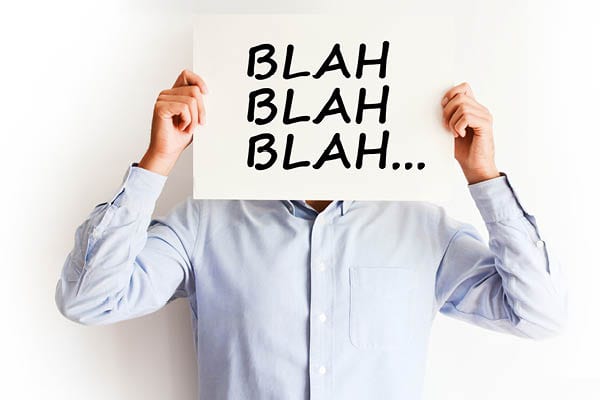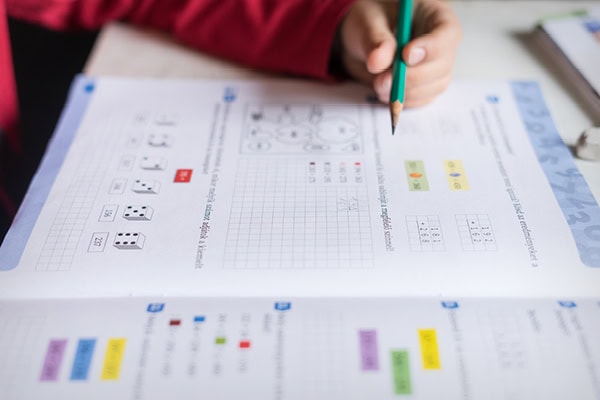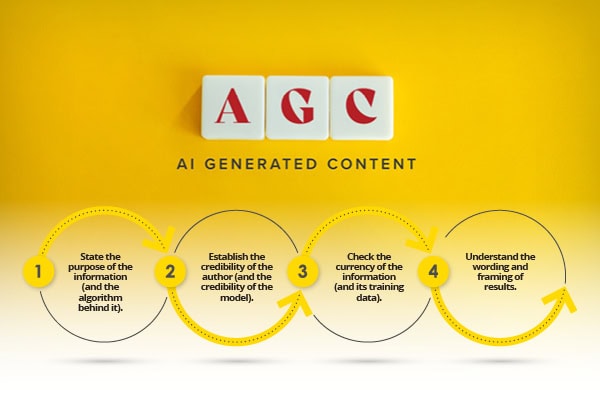Michael Nelson is the assistant executive director for the Washington Association of School Administrators (WASA). Peter DeWitt is a former K-5 public school principal turned author, presenter, and leadership coach. They co-wrote an opinion piece in Education Week.
There are two questions we hear frequently from principals and teachers when we visit schools. Those questions are:
- Principals: “What should I cover at today’s staff meeting?”
- Teachers: “I wonder what today’s meeting is about?”
Unfortunately, many leaders do not see their meetings as a place where they can learn with their staff. They see their meetings as a place where they talk at their staff.
In addition to learning intentions and success criteria, we have found the following five strategies are effective ways to turn staff meetings into professional learning sessions, which helps create a deeper learning experience for teachers and leaders.
1) Pictorial Learning Timeline
Using images without words allows our brains to create the story and make meaning from it. It solidifies the learning and provides a visual representation of the collective staff learning flow.
2) Anchor Charts
By capturing decisions and key learning in a visible form, you are creating a foundation of staff commitments and acknowledging this is important information for the learning culture of the school.
3) Pre- and Post-Staff Meeting Communication
Sharing the expectations prior to the meeting and the learning that occurred after the meeting supports the goal of intentional leadership. Both the principal and teacher have needed information. This strategy saves precious meeting minutes when everyone is gathered.
4) Interactive Agenda
Often, paper agendas are put in the “round file” as soon as a meeting is done. An electronic interactive agenda keeps key meeting information in one place with past meeting materials easily accessible.
5) Interactions During “the Dash”
“The Dash” includes the pre-and post-learning communication from above. It also includes the articles leaders send out that support the learning from the meetings. The Dash includes classroom walk-throughs and learning walks, as well as any focus group conversations with members of the staff.
The Dash supports the vision that adult learning doesn’t just occur during meetings but with each and every interaction. Building a school culture where becoming better practitioners of student learning is a continuous process is the desired outcome.
Keeping your school’s priorities at the forefront of the minds of your staff members is important. The consistent use of success criteria and learning intentions in your meetings and the five strategies above will support your work in meeting the desired outcomes of these priorities.
Education Week





